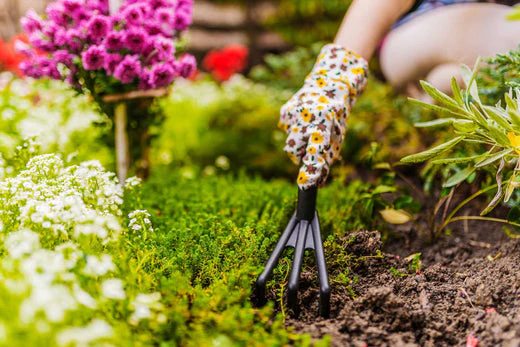Gardening is more than just a hobby—it’s a year-round practice that connects us with nature, boosts mental well-being, and provides fresh, homegrown produce. The key to a thriving garden lies in understanding seasonal cycles. Planting at the right time ensures optimal growth, higher yields, and healthier plants.
This guide will help both beginners and experienced gardeners know what to plant in each season and how to adapt to different climates.
Spring Gardening: Renewal and Growth
Spring marks a period of growth and renewal. As temperatures rise and days get longer, many plants come to life, making it the perfect time to start your garden.
Best Plants to Grow in Spring:
- Vegetables: Lettuce, spinach, peas, radishes, carrots
- Herbs: Basil, cilantro, parsley, chives
- Flowers: Marigolds, pansies, sunflowers, tulips (bulbs can be planted late winter for spring bloom)
Spring Gardening Tips:
- Test and amend your soil before planting to ensure nutrients are available.
- Start seeds indoors for early growth if you have a shorter spring season.
- Protect young plants from late frosts with row covers or cloches.
Summer Gardening: Peak Growth and Harvest
Summer brings warmth, longer daylight, and faster growth. It’s the season for sun-loving plants and abundant harvests.
Best Plants to Grow in Summer:
- Vegetables: Tomatoes, peppers, cucumbers, zucchini, corn
- Herbs: Rosemary, thyme, oregano, sage
- Flowers: Sunflowers, zinnias, dahlias, marigolds
Summer Gardening Tips:
- Water consistently, ideally in the early morning or late evening to prevent evaporation.
- Mulch garden beds to retain soil moisture and suppress weeds.
- Monitor for pests, as summer conditions can encourage infestations.
Autumn Gardening: Preparation and Late Harvest
Autumn is a transitional season, perfect for cool-weather crops and preparing your garden for winter. Plants that thrive in crisp air and cooler soil can still yield impressive harvests.
Best Plants to Grow in Autumn:
- Vegetables: Broccoli, kale, cabbage, carrots, radishes, spinach
- Herbs: Sage, thyme, dill
- Flowers: Chrysanthemums, ornamental kale, pansies
Autumn Gardening Tips:
- Remove spent summer crops and add compost to enrich the soil.
- Start fall bulbs indoors for spring bloom.
- Protect frost-sensitive plants with covers or move them indoors.
Winter Gardening: Indoor and Cold-Hardy Options
Winter gardening can be challenging due to shorter days and cold temperatures, but it’s an excellent time for indoor gardening, greenhouses, or hardy outdoor plants.
Best Plants to Grow in Winter:
- Vegetables: Garlic, leeks, spinach, kale, Brussels sprouts (hardy varieties)
- Herbs: Rosemary, thyme, mint, parsley (indoors near sunny windows)
- Flowers: Cyclamen, amaryllis (indoors), hellebores (outdoors)
Winter Gardening Tips:
- Use grow lights indoors to supplement sunlight for herbs and small vegetables.
- Insulate outdoor plants with mulch, straw, or frost blankets.
- Focus on maintenance tasks like pruning, planning next season’s garden, and seed starting.
General Tips for Seasonal Gardening Success
Know Your Zone: Understand your USDA or regional hardiness zone to choose plants suited to your climate.
Rotate Crops: Prevent soil depletion and reduce pests by rotating plant families each season.
Use Companion Planting: Pair plants that benefit each other—for example, basil with tomatoes.
Plan for Continuous Harvest: Stagger planting dates to enjoy fresh produce throughout the season.
Keep a Gardening Journal: Track planting dates, growth, and harvest success to improve future seasons.

